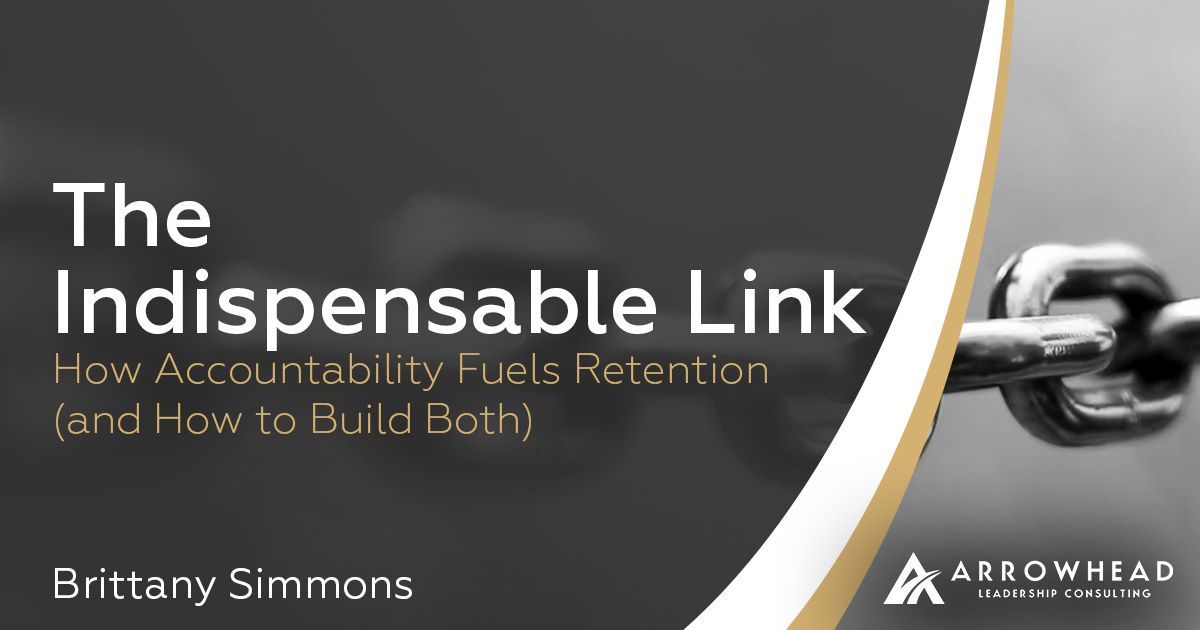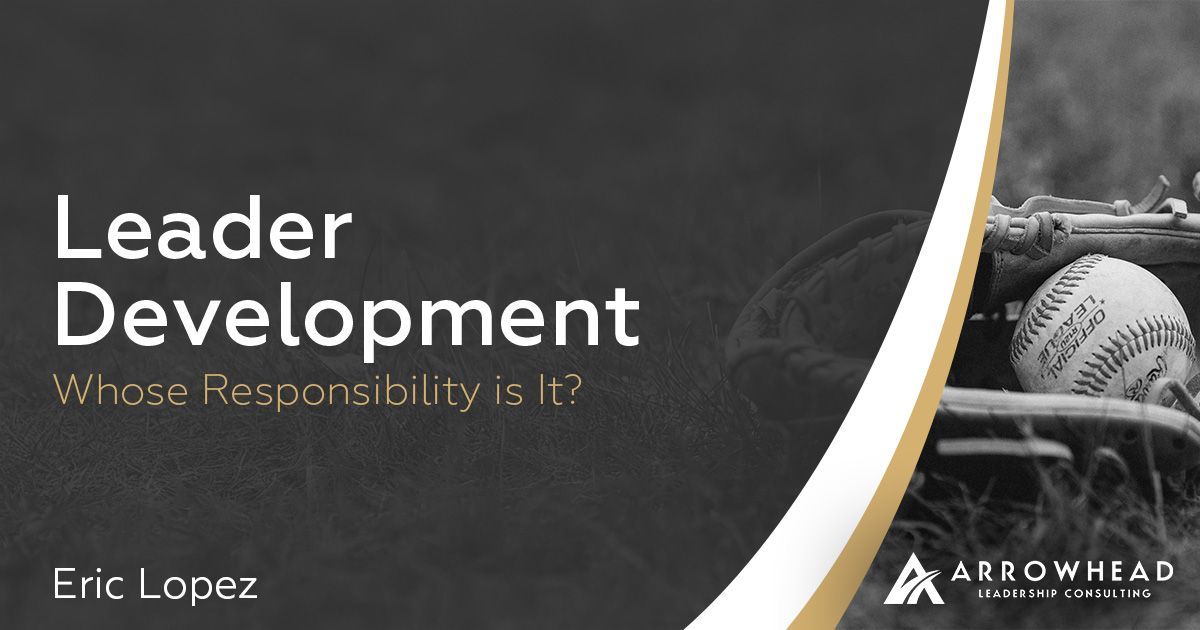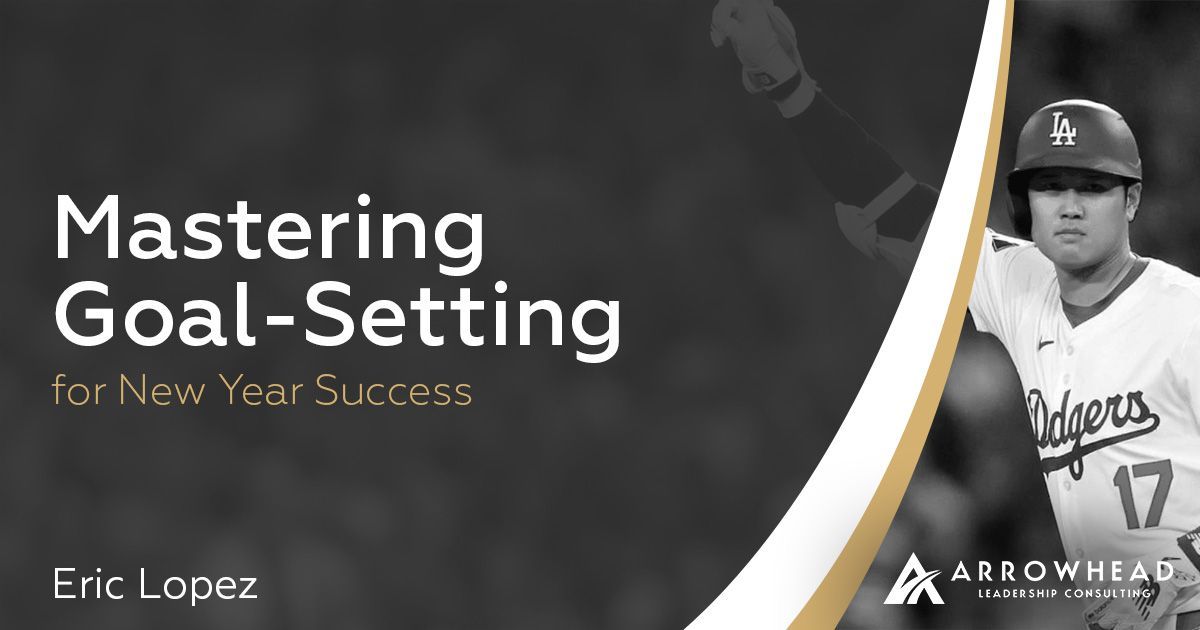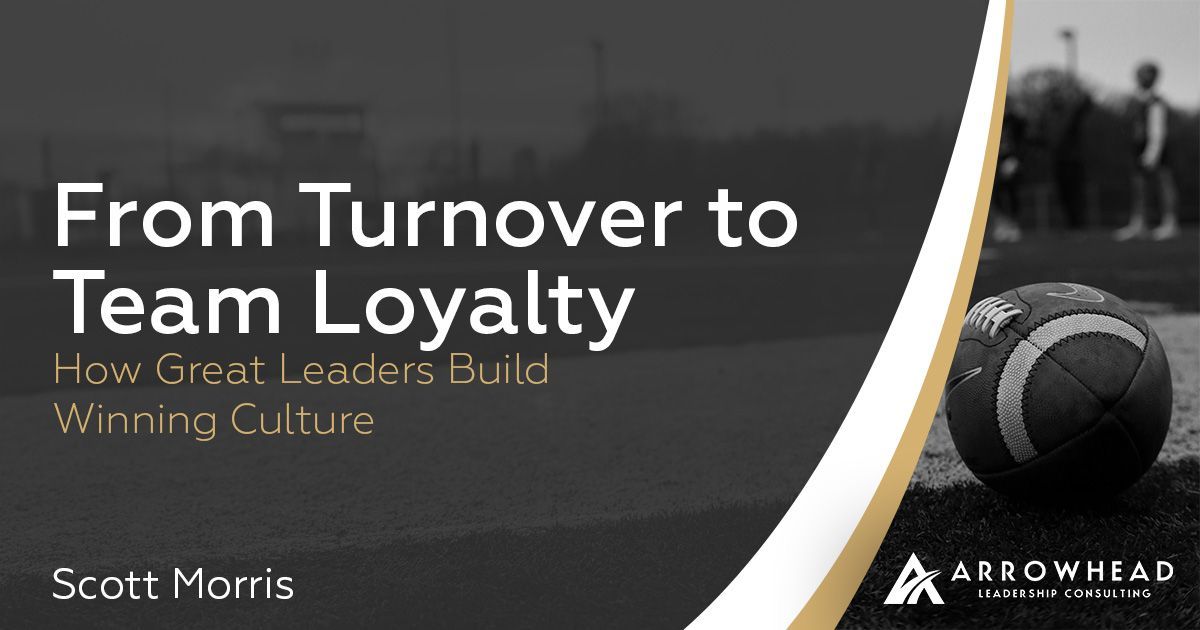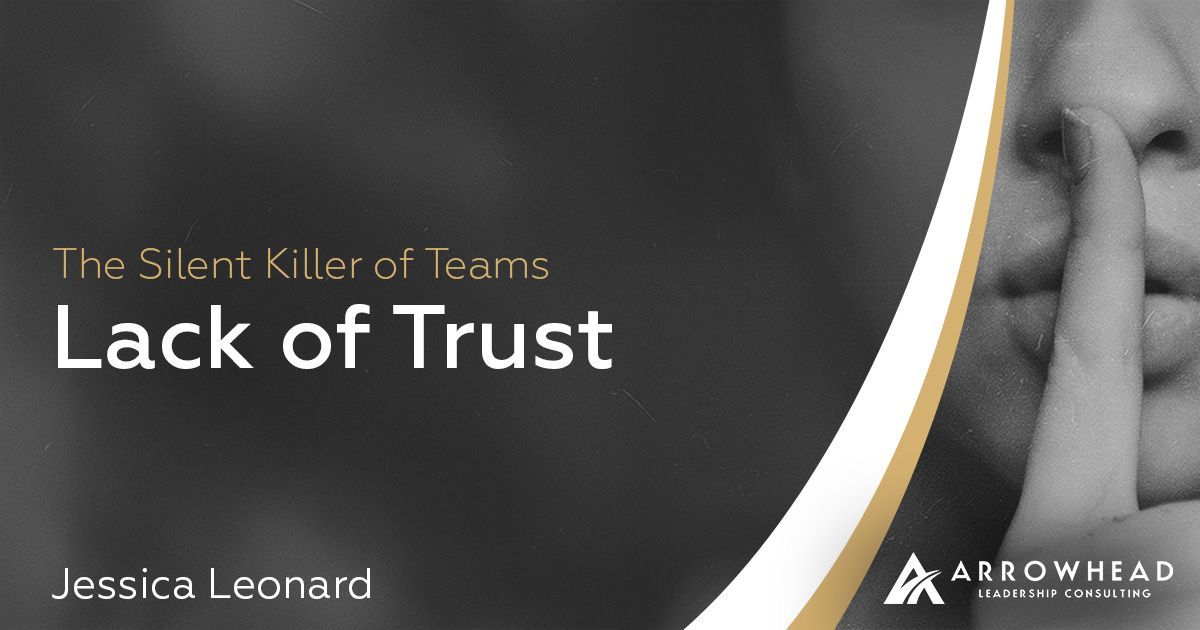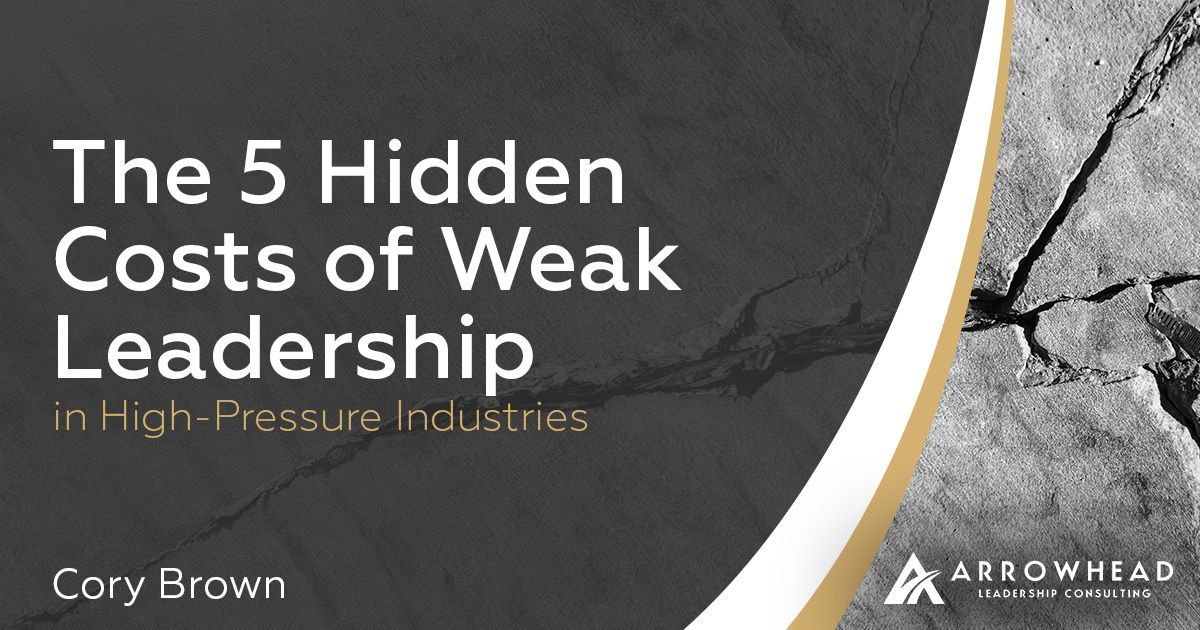Building Leaders People Actually Want to Follow
Think Gen Z is “leadership-averse”? Think again.
They’re not missing motivation, they’re missing direction.
Open-door policies won’t cut it anymore. You need intentional leadership: coaching, mentoring, and meaningful conversations that connect daily work to the bigger mission.
Want to build loyalty and purpose in your team? This blog shows you how.
At Arrowhead, we believe leadership isn’t just taught—it’s lived.
“People will forget what you said, people will forget what you did, but people will never forget how you made them feel” (Angelou). Think about the best leader you’ve ever had. The kind of leader who made you say, “I’d follow them anywhere.” Now, think of the worst; someone who left you thinking, “How did they get into this position in the first place?” The difference? It wasn’t title or technical skill. It was their connection to people.
That’s the secret. And it’s not really a secret at all.
To build leaders people want to follow, we must develop leaders who actually know their people. That starts with you. Look at your calendar. Where is the intentional time for coaching, mentoring, and growing your next line of leadership? Is it organized, planned, and goal oriented??
Open-door policies are not enough. Great organizations don’t run on hope. They run on purpose, and that includes purposeful leadership development through coaching.
Gen Z Is Not “Leadership Adverse”—They’re Vision-Hungry
There’s a common misconception that Gen Z isn’t interested in leadership, has zero loyalty to companies, and are selfish. That couldn’t be further from the truth. What they lack isn’t drive, it’s direction. They don’t see a clear path to leadership. They don’t know how their day-to-day work connects to the company’s long-term mission. Want to build lasting retention? Want to instill a culture of self accountability? Then take the time to plan your 1:1’s around meaningful conversations, SMART Goals, or introducing the new employee to the team and it’s resources.
Research shows that when companies co-create leadership development plans, provide professional growth opportunities, and
share their vision with clarity, emerging leaders become invested, loyal, and inspired to carry that torch forward
(Twenge, 2023;
Forbes, 2023).
At Arrowhead, we guide organizations to build those bridges by translating vision into action and theory into execution.
Empower First. Coach Always.
No respected leader was born ready. They were trusted before they were polished. That trust starts small; with decisions, delegation, and discovery. When a new or emerging leader makes a choice you wouldn’t, pause before “correcting.” Ask yourself: Was it legal? Ethical? In line with policy? If yes, then let it stand.
Then coach. Don’t control.
After the moment, debrief. Talk through what worked, what didn’t, and what you’ve learned in your own journey. This is where transformation happens. Empowerment isn’t about letting go, it’s about letting others grow.
The Presence of a Great Leader
When employees feel seen, heard, and believed in they rise. When they feel micromanaged or invisible, they retreat. Great leaders invest in people. They know their people. They prioritize their growth.
The best leaders have a presence that says, “I know you. I see you. I believe in you.” And that presence is contagious.
At Arrowhead, we don’t just train leaders. We develop Pathfinders—people committed to walking with others toward a shared vision. Leadership begins, continues, and endures with people.
Ready to Build Leaders People Want to Follow?
Start by developing the leaders already around you. Or partner with us to create a customized path. At Arrowhead Leadership Consulting, we bridge the gap between potential and performance—with a people-first strategy that sticks.
👉
Let Arrowhead light your path.
Explore our leadership development services, coaching programs, and consulting solutions to see what we can do for you and your team!
Arrowhead Leadership Blog
